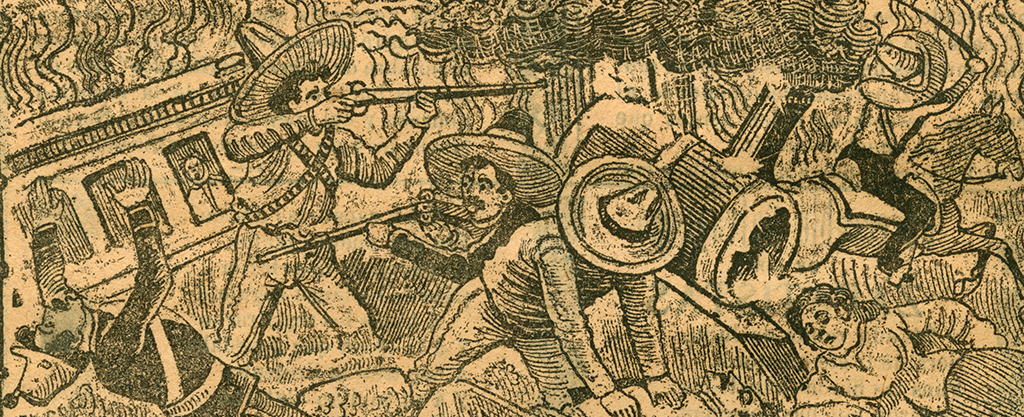
Description
This lesson provides a basic overview of the Mexican Revolution (1910-1920). Students will be able to identify the causes, course, and results of the Mexican Revolution through the exploration of key events and figures. This is Lesson 1 of the Gender & Class in the Mexican Revolution unit.
Date Range: 1900-1920
Grade Levels: 9-12
Countries: Mexico
Course Subject(s): Latin American Studies; Women & Gender Studies; World Geography Studies; World History Studies
Topic(s): Mexican Revolution; Gender; Class; Porfirio Diaz; Politics; Education; Women
Teaching Time Frame: 1 day (90 minute lesson)
Guiding Questions
- Who were the main figures of the Mexican Revolution? What were the specific goals of each?
- What role did land reform and the rights of workers play in the Mexican Revolution?
- How did the revolution impact the role Mexico played internationally, specifically with the United States?
- How does the Mexican Revolution differ from other revolutions within the period we have studied (1750-1914, per the AP guideline)?
Learning Objectives
- Identify the political and social factors leading to the Mexican Revolution.
- Identify key political and military figures who influenced the course of the revolution.
- Analyze the outcomes of the revolution.
Relevant Teaching Standards
AP World History Frameworks
- 7.1: Shifting Power After 1900
- Learning Objective: Explain how internal and external factors contributed to change in various states after 1900.
- Historical Developments: States around the world challenged the existing political and social order, including the Mexican Revolution that arose as a result of political crisis.
- 7.9: Causation in Global Conflict
- Learning Objective: Explain the relative significance of the causes of global conflict in the period 1900 to present.
- Historical Developments: Rapid advances in science and technology altered the understanding of the universe and the natural world and led to advances in communication, transportation, industry, agriculture, and medicine. Peoples and states around the world challenged the existing political and social order in varying ways, leading to unprecedented worldwide conflicts.
Downloads
Lesson Plan (PDF) | Primary Sources (ZIP)
Rights Statement
Creator(s): Lia Ferrante, Graduate Student, Department of Curriculum and Instruction, Augustino Fisher, Graduate Student, Department of Curriculum and Instruction, & Jackson Fisher, Graduate Student, Department of Curriculum and Instruction
Date: 2023-05
This assignment is under a Creative Commons Attribution-NonCommercial-ShareAlike 4.0 International Public License (“Public License”). This license lets others share, remix, tweak, and build upon the work non-commercially, as long as they credit the creators and license their new creations under the identical terms.
